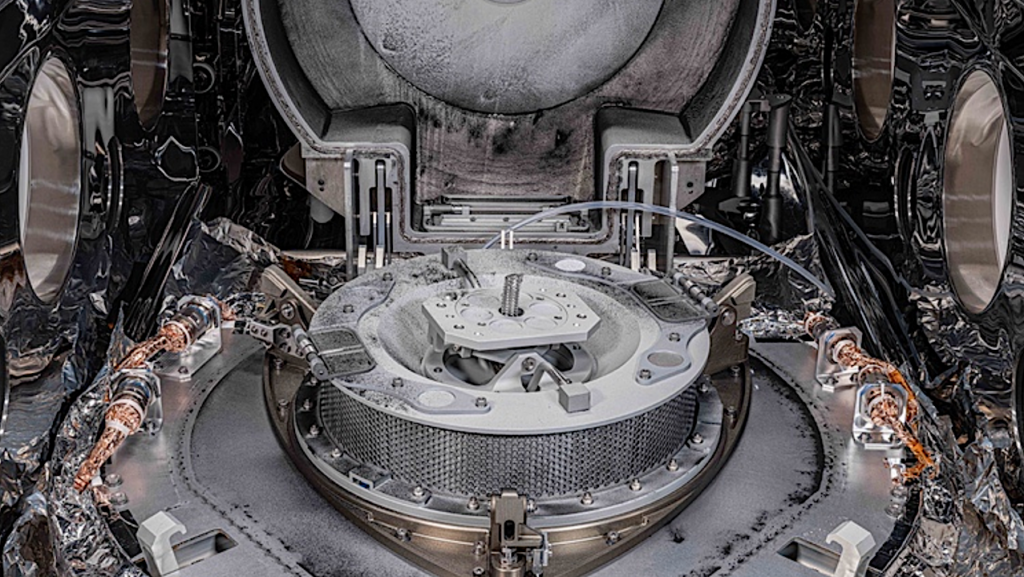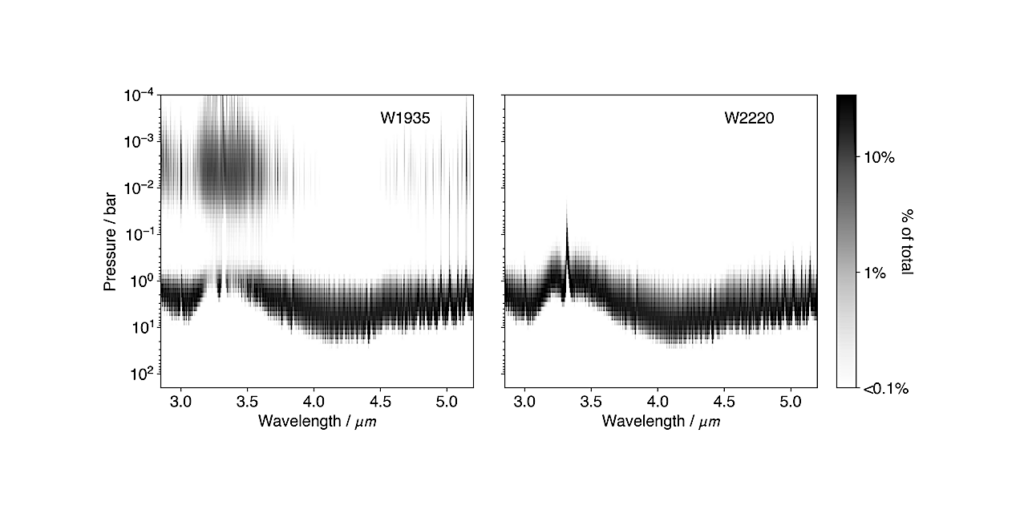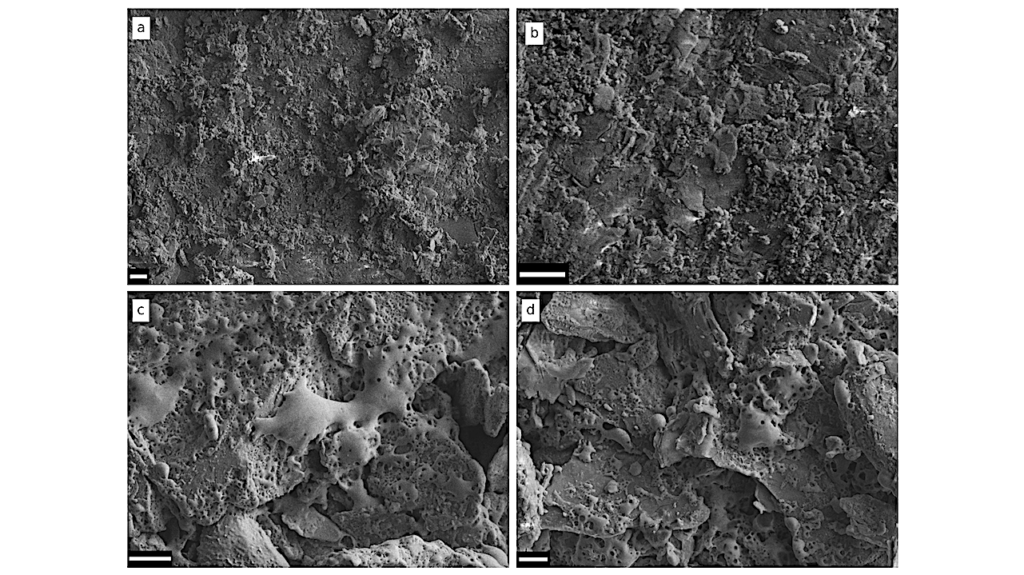Detecting Atmospheric Molecules of Temperate Terrestrial Exoplanets Using High-Resolution Spectroscopy in the Mid Infrared Domain

Motivated by the development of high-dispersion spectrographs in the mid-infrared (MIR) range, we study their application to the atmospheric characterization of nearby non-transiting temperate terrestrial planets around M-type stars.
We examine the detectability of CO2, H2O, N2O, and O3 in high-resolution planetary thermal emission spectra at 12-18 μm assuming an Earth-like profile and a simplified thermal structure. The molecular line width of such planets can be comparable to or broader than the Doppler shift due to the planetary orbital motion. Given the likely difficulty in knowing the high-resolution MIR spectrum of the host star with sufficient accuracy, we propose to observe the target system at two quadrature phases and extract the differential spectra as the planetary signal.
In this case, the signals can be substantially suppressed compared with the case where the host star spectrum is perfectly known, as some parts of the spectral features do not remain in the differential spectra. Despite this self-subtraction, the CO2 and H2O features of nearby (≲ 5~pc) systems with mid-/late-M host stars would be practical with a 6.5-meter-class cryogenic telescope, and orbital inclination could also be constrained for some of them. For CO2 and N2O in a 1~bar Earth-like atmosphere, this method would be sensitive when the mixing ratio is 1-103 ppm.
The detectability of molecules except O3 is not significantly improved when the spectral resolution is higher than ≳10,000, although the constraint on the orbital inclination is improved. This study provides some benchmark cases useful for assessing the value of MIR high-resolution spectroscopy in terms of characterization of potentially habitable planets.
Yuka Fujii, Taro Matsuo
Comments: 23 pages, 12 figures, 4 tables, accepted to AJ
Subjects: Earth and Planetary Astrophysics (astro-ph.EP)
Cite as: arXiv:2102.03194 [astro-ph.EP] (or arXiv:2102.03194v1 [astro-ph.EP] for this version)
Submission history
From: Yuka Fujii
[v1] Fri, 5 Feb 2021 14:28:06 UTC (3,020 KB)
https://arxiv.org/abs/2102.03194
Astrobiology, Astrochemistry,








